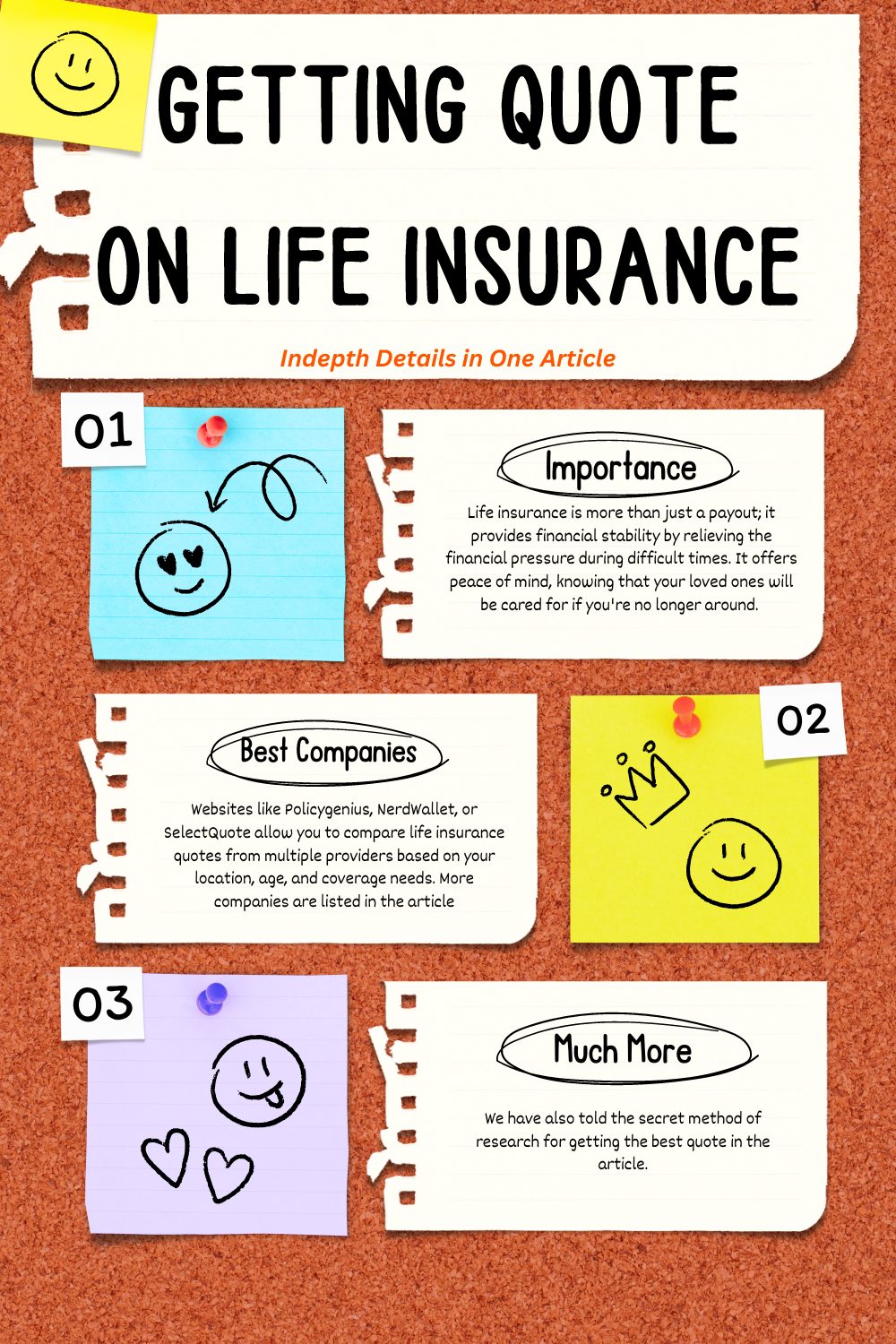10 Life Insurance Facts to know in USA

Here are 10 facts about life insurance, along with explanations for each:
1. Life Insurance Provides Financial Security
Life insurance is primarily designed to provide financial security to your beneficiaries in the event of your death. The payout, known as the death benefit, can help cover funeral costs, debts, and living expenses, ensuring that your loved ones are not left with financial burdens during a difficult time.
2. There Are Different Types of Life Insurance
There are two main types of life insurance: term life and whole life. Term life insurance provides coverage for a specified period (usually 10, 20, or 30 years), while whole life insurance offers coverage for the insured’s entire life and includes a cash value component that can grow over time. Understanding these options helps individuals choose the policy that best suits their financial goals.
3. Life Insurance Premiums Vary by Age and Health
The cost of life insurance premiums is influenced by factors such as age, health, and lifestyle. Generally, younger and healthier individuals pay lower premiums, as they are considered lower risk to insurers. Those with pre-existing health conditions or risky behaviors (like smoking) may face higher premiums due to the increased risk of claims.
4. You Can Borrow Against Your Policy
With certain types of life insurance, particularly whole life policies, you can borrow against the cash value that accumulates in the policy. This can provide a source of funds in emergencies or for significant expenses. However, it’s important to note that unpaid loans will reduce the death benefit available to beneficiaries.
5. Life Insurance Can Serve as an Investment
Whole life and universal life insurance policies have a cash value component that can grow over time, acting as a form of investment. The cash value can be accessed during the policyholder’s lifetime, providing potential benefits like tax-deferred growth. However, the investment aspect often comes with higher premiums compared to term life insurance.
6. Beneficiaries Can Be Changed
Policyholders have the flexibility to change their designated beneficiaries at any time. This allows individuals to update their policies to reflect changes in their personal circumstances, such as marriage, divorce, or the birth of a child. Keeping beneficiary information current ensures that the intended individuals receive the death benefit.
7. Life Insurance Can Cover Business Needs
Business owners often use life insurance to protect their companies. For example, key person insurance can provide funds to cover losses if a crucial employee passes away. Additionally, life insurance can be part of succession planning, helping to ensure a smooth transition of ownership and protecting against financial loss.
8. Life Insurance May Have Tax Benefits
In many cases, the death benefit paid to beneficiaries is not subject to income tax. Furthermore, the cash value growth in permanent life insurance policies is tax-deferred. These tax advantages make life insurance an attractive component of estate planning and financial strategies.
9. Life Insurance Requires Underwriting
Most life insurance policies require underwriting, which involves evaluating the applicant’s health and risk factors. This process can include medical exams, health questionnaires, and reviewing medical history. Underwriting helps insurers assess the level of risk associated with insuring an individual, ultimately determining eligibility and premium rates.
10. It’s Never Too Early to Get Life Insurance
While many people think they need life insurance only when they have dependents or significant financial responsibilities, it can be beneficial to secure a policy early in life. Younger individuals typically receive lower premiums and can lock in coverage before health issues arise. Starting early can also help build cash value in permanent policies.
These facts highlight the importance of understanding life insurance and how it can serve as a critical financial tool for individuals and families.






